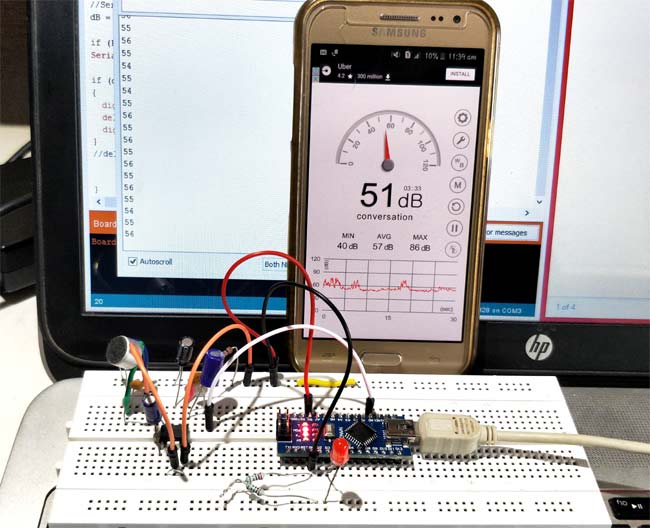
Best Way to Monitor Sound Levels with a Microphone Sensor
Monitoring sound levels is crucial in various settings, whether you are a sound engineer, a teacher in a classroom, or simply want to keep an eye on the noise levels in your environment. One of the best ways to do this is by using a microphone sensor, which can accurately measure sound levels and provide you with valuable data to help you make informed decisions.
So, what is the best way to monitor sound levels with a microphone sensor? In this article, we will explore some tips and techniques to help you effectively monitor sound levels using a microphone sensor.
Choose the Right Microphone Sensor
When it comes to monitoring sound levels, the first step is to choose the right microphone sensor for your needs. There are various types of microphone sensors available on the market, each with its own set of features and capabilities. Some sensors are designed for high-precision measurements, while others are more suitable for general monitoring purposes.
Before purchasing a microphone sensor, it is essential to consider factors such as frequency range, sensitivity, size, and power requirements. Additionally, make sure to choose a sensor that is compatible with your monitoring system or software to ensure seamless integration.
Calibrate the Microphone Sensor
Once you have chosen the right microphone sensor, the next step is to calibrate it to ensure accurate measurements. Calibration is essential to eliminate any potential inaccuracies in the sensor’s readings and ensure reliable data collection.
There are various ways to calibrate a microphone sensor, such as using a sound level calibrator or conducting a comparison test with a reference microphone. Make sure to follow the manufacturer’s guidelines for calibration and regularly check the sensor’s accuracy to maintain optimal performance.
Set Up Monitoring System
After choosing and calibrating the microphone sensor, the next step is to set up a monitoring system to display and record sound levels accurately. Depending on your requirements, you can opt for a simple standalone system or a more advanced software-based solution.
Ensure that the monitoring system is set up in a suitable location to capture sound levels effectively. Consider factors such as background noise, distance from the sound source, and any obstructions that may affect the sensor’s readings.
Monitor and Analyze Data
Once the monitoring system is in place, it is essential to regularly monitor and analyze the collected data to identify patterns, trends, and potential issues. Monitoring sound levels over time can help you pinpoint areas of concern and take necessary actions to mitigate noise levels.
Use visualization tools and software to analyze the data effectively and generate reports for further analysis or reporting. Make sure to set up alerts or notifications for critical sound level situations to respond promptly and maintain a safe environment.
Conclusion
Monitoring sound levels with a microphone sensor is an effective way to ensure a safe and controlled environment, whether in a professional setting or at home. By choosing the right sensor, calibrating it accurately, setting up a monitoring system, and analyzing the collected data, you can effectively monitor sound levels and take necessary actions to maintain optimal noise levels.
Remember, monitoring sound levels is not just about measuring noise but also about creating a comfortable and productive environment for all. So, invest in a quality microphone sensor and start monitoring sound levels today!
Was this helpful?
0 / 0